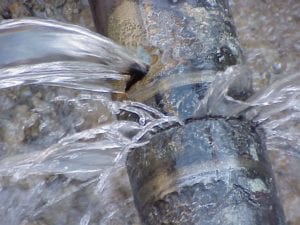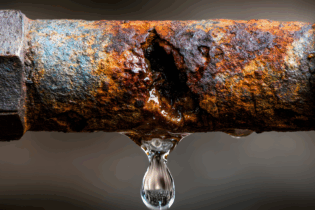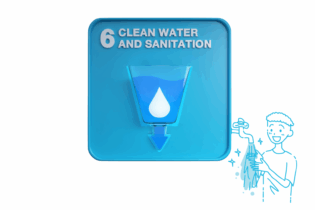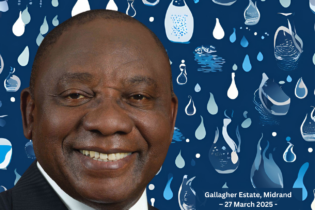As Nelson Mandela Bay declares ‘Day Zero’ and the Vaal Dam’s levels continue to decline, South Africa is yet again reminded of its status as a water scarce country.
Nelson Mandela Bay has become South Africa’s first large city to reach Day Zero, highlighting just how much work is needed to effectively manage and conserve the country’s finite water resources. “As a country we have to begin to look at the full water cycle and develop an effective water management strategy to ensure that we create an efficient, sustainable water system,” says Chetan Mistry, Strategy and Marketing Manager: Africa, Xylem Water Solutions South Africa. Although South Africa is a water scarce country, we can maximise the rainfall we receive. Implementing water management strategies, deploying leak detection technologies as well as implementing water disaster management programs can drastically reduce losses due to wastage, leaks and climate change. “By employing these strategies to reduce losses, along with reusing water wherever possible, we can combat high levels of non-revenue water (NRW) to ensure long-term, sustainable water supply,” says Mistry.Addressing NRW
South Africa’s NRW is estimated to be around 37%, while many other African countries are estimated to have NRW upwards of 50%. These high losses translate to water being lost across the water cycle which further accentuates the scarcity of water. Furthermore, these losses impact municipalities’ income, which in turn leads to less maintenance and fewer infrastructure upgrades, leading to further losses. Leak detection and water management strategies therefore become essential in the fight against NRW. Xylem is dedicated to ensuring the sustainable use of water and offers a range of technologies to help combat losses, including smart water meters, pressure sensors, network management software and leak detection equipment.One such example is the Sahara, a free-swimming pipeline condition assessment tool that provides pipe wall condition data. With its video capabilities, the Sahara can accurately pinpoint areas of pipe wall distress and inform rehabilitation and management decisions on a pipe-by-pipe basis
Another of Xylem’s solutions, the SmartBall, uses acoustics to detect leaks and air pockets. The IoT-enabled ball uses location technology to pinpoint even very small leaks within meters of the leak location. The ball also collects data such as pressure, heading, temperature and acceleration to inform management and maintenance decision making. While the technologies to address leaks are widely available, Mistry notes that it can be expensive to deploy, and Africa often lacks the financial support for these solutions, despite a will to implement them. However, he stresses that the savings that are possible far outweigh the capital costs and therefore make it absolutely imperative to deploy. The SmartBall, for example, was deployed by a local municipality across more than 1400 km of pipe, identifying a tremendous number of leaks which were collectively losing millions of litres of water. Globally, Xylem has helped many utilities reduce NRW. By detecting and addressing leaks, Thames Water in the UK was able to reduce water usage by 13% and South Bend in the USA was able to secure savings of $500 million. “Our technology works very well to pinpoint the location of leaks, which in turn leads to significant water and cost savings. In a country like South Africa, this is vitally important,” says Mistry. However, he stresses that leak detection is only one element in the water management cycle. “We must look at water across the entire cycle so that holistic water management strategies can be implemented. If a failure occurs at any point in the water cycle, the risk of water loss is probable.”







